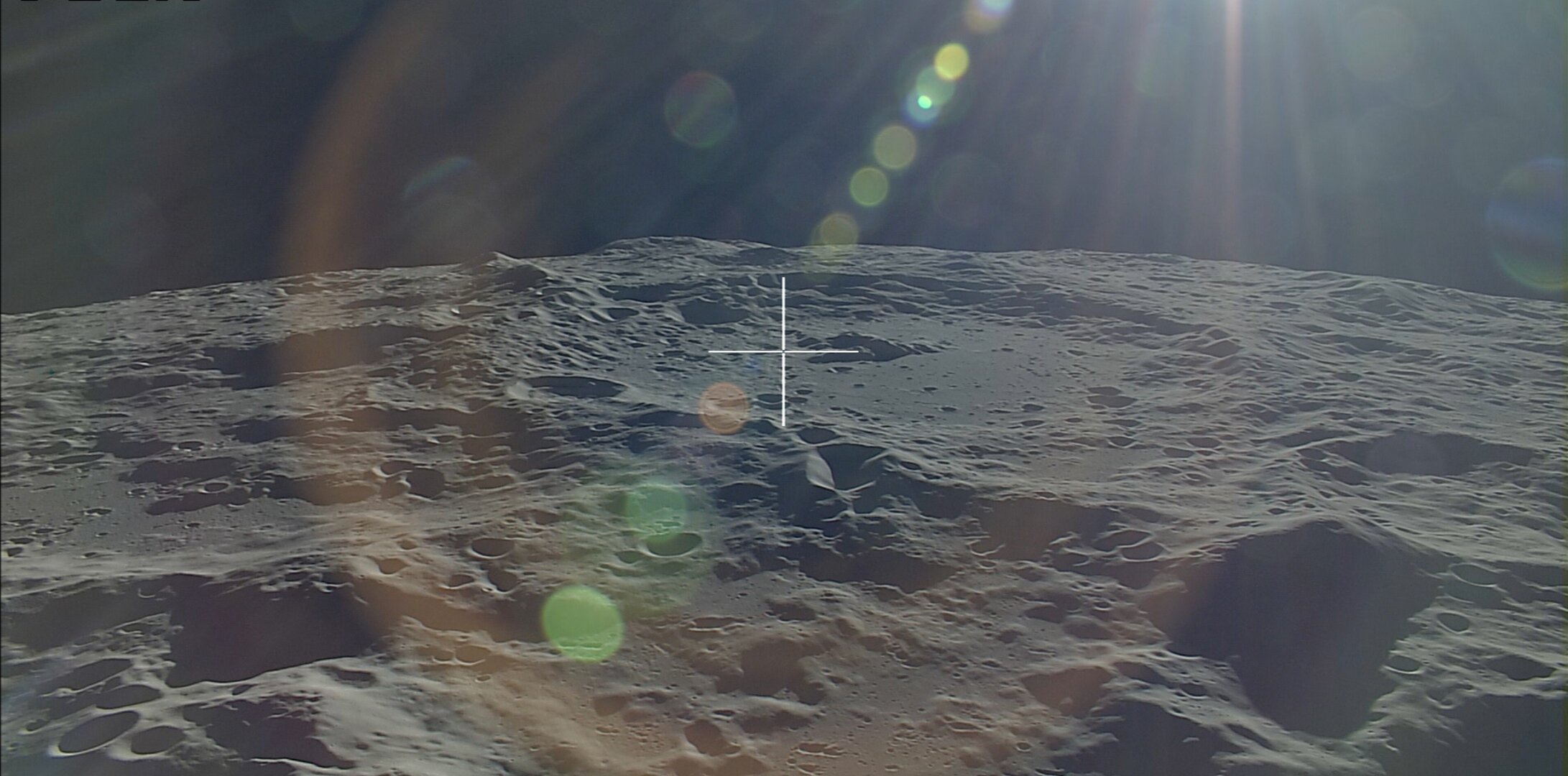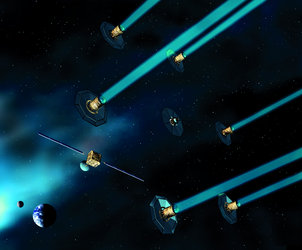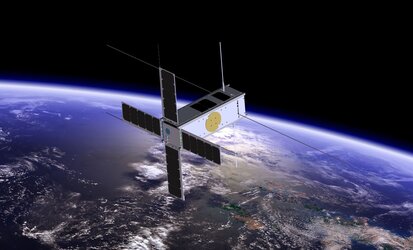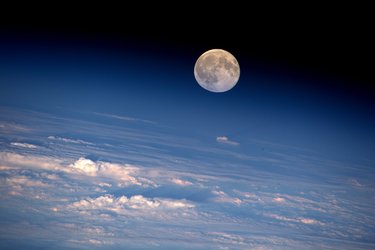Winning plans for CubeSats to the Moon
If you could fly a CubeSat to the Moon, what could such a tiny satellite do there? ESA posed this question – and now four proposals will be studied in more detail for possible flight over the coming decade.
These miniature missions variously involve probing lunar radiation, surveying the radio sky over the far side of the Moon, mapping minerals and frozen gases within shadowed craters, and detecting flashes from meteoroids striking the surface.
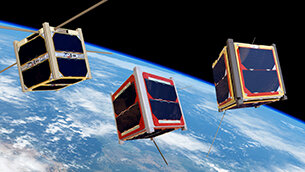
“Built around standard 10 cm units, CubeSats are already proving their worth near to Earth,” explains ESA’s Roger Walker. “We are now considering their uses further afield as part of future lunar exploration.”
Four teams are now being funded until this autumn by ESA to develop their ideas.
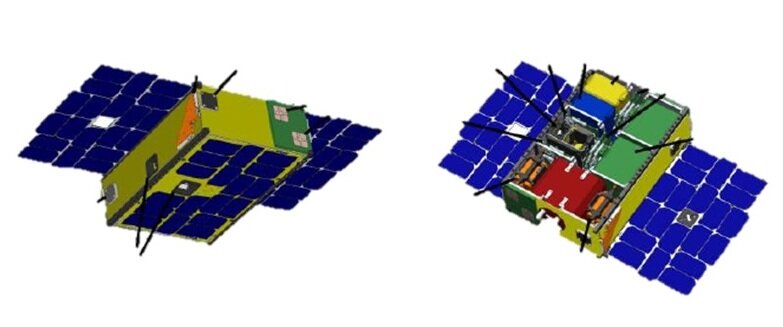
MoonCARE, a trio of six-unit CubeSats, would measure the radiation environment and its effects on microorganisms with an eye to building closed-loop life support systems for future human crews.
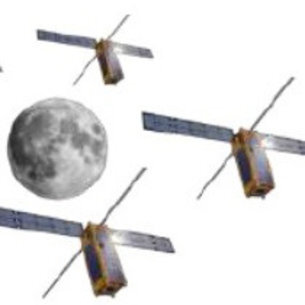
The CubeSat Low-frequency Explorer of three 12-unit satellites would create the first radio telescope over the radio-quiet far side to image the sky below 30 MHz – not measurable from Earth – as a stepping stone to a larger array.
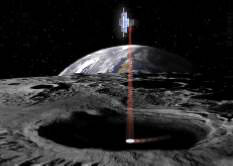
The 12-unit Volatile and Mineralogy Mapping Orbiter would chart the Moon’s surface minerals and frozen gases such as water ice to 10 m resolution using a ‘laser radar’ to peer into shadowed regions at the poles.
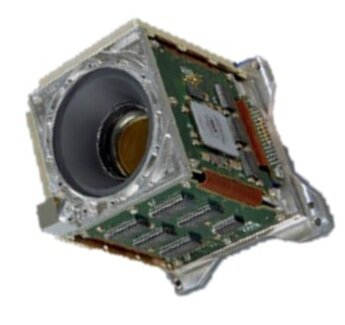
The Lunar Meteoroid Impacts Observer would be a single 12-unit CubeSat carrying a sophisticated camera to capture the flashes of meteoroids impacting the far side to complement existing near-side monitoring and build a complete picture of the hazards facing future moonwalkers.
Call for the Moon
Roger adds, “As a way of bringing together lunar exploration researchers with the CubeSat community, we put out an open call to European companies, universities and research centres.
“We received a very large response from joint academic–industrial teams across Europe, highlighting the strong interest in this topic, and many high-quality proposals were received – so the competition was tough.”
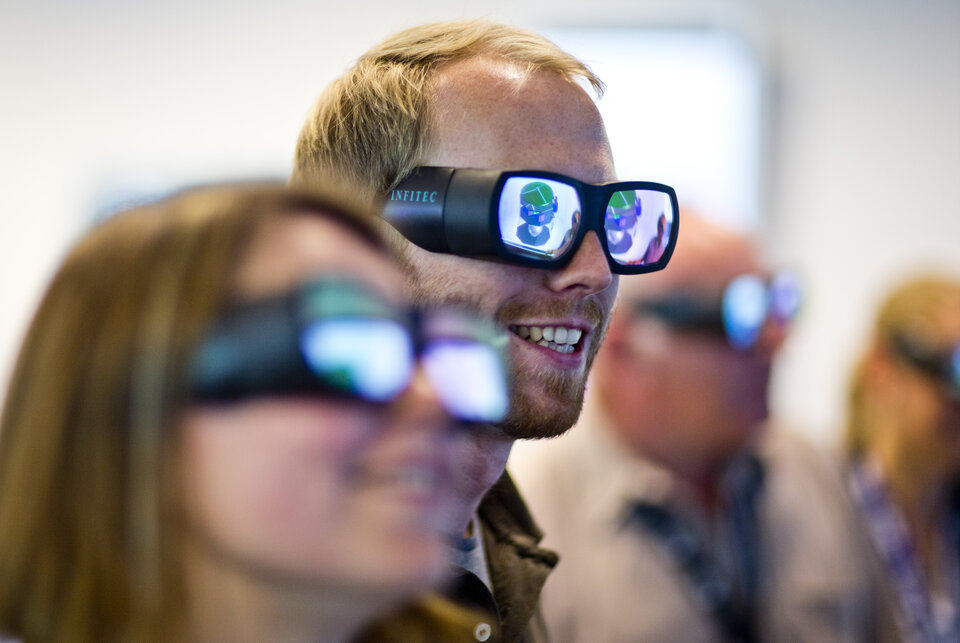
The challenge assumes the delivery of the CubeSats into lunar orbit and the relay of their data back to Earth are taken care of by a larger ‘mothership’, allowing the teams to focus resources on discovery.
The teams will compete for the final prize at a workshop in December, when there is an opportunity to design their mission in detail in collaboration with ESA experts at the cutting-edge Concurrent Design Facility.
“Regardless of the winner, the challenge sets Europe up to be able to take rapid advantage of lunar flight opportunities as they arise,” adds Roger. “These are expected with future NASA Orion circumlunar flights and those of commercial operators.
“This current challenge – building on our previous challenge to propose deep-space CubeSats for the Asteroid Impact Mission – also paves the way to direct exploration by standalone deep-space CubeSats.”
Lunar exploration
Click here for a detailed interactive guide covering the past, present and future of lunar exploration.


Access the video


